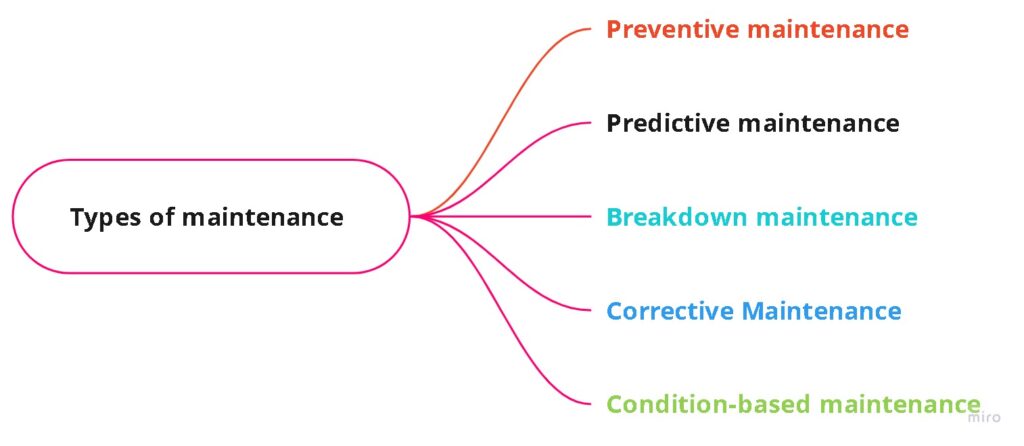Management of change (MOC)
Management of change (MOC) is that any measures or minor changes in the process plant are called management of change. There are many types of management changes that occur in a plant, like changes in P&ID, changes in isometric drawing, changes in equipment design, changes in operating procedures, changes in inspection and test maintenance procedures, Facilities Changes, Temporary Changes, at-site pipelines modification, any valve modification, electrical equipment’s changes and modification in instruments are changes all come this in the category Management of change.
Learn here more maintenance engineer
What does not come in the category of management change?
Equipment changes to new equipment with the same feature and design, any maintenance activities or any sample taken in process line changes do not come in the category of management of changes. The most important part of management of change (MOC) is hazard identification.
It is a systematic process which is used in operating the plant to improve safety and reliability, smooth operation and increase performance of plants. Many observations have made the plant operation safer than management of change (MOC).
Introducing changes of any type can produce unexpected results if we decide to do something differently. We must make sure it doesn’t lead to an accident.
The golden rule for management of change
The golden rule for management of change sets out before making any decision what to do and how to do it. Many of our accidents have been caused by a failure to identify risks and hazards. The golden rule applies to almost any change you can think of, and could be a change in personnel such as a job using 06 people now rather than 05 and changes in systems like a new basis for holding stock and ordering spares changes in processes.
That’s what we do and procedures how we do it to reduce the set point. The rule applies to changes in equipment like using a different length of pipe and changes in products like something new for the market plant materials or substance is needed to make those products and finally the rule applies to changes in laws and regulations such as changes in working hours. Do you think through the consequences of changes?
You have been introduced that the management of the change process must include a risk assessment conducted by all those affected by the change. The development of a work plan that clearly specifies the time scale for the change and any control measures needed for equipment facilities or processes. for example, if we increase steam throughput and increase pressure, will the pipework and vessels withstand the new pressure, clearly there’s an increased risk of a blowout?
So, what new control measures need to be saved from affecting operations, maintenance and inspection procedures? Will our increase in steam throughput mean we’ll need to increase maintenance, need additional control measures for training personnel and communication and need training?
The new steam throughput and who needs to be told will new documentation be needed, the work plan must be authorized by the responsible person through to completion and then every affected person must be briefed on the control measures to be put in place to manage any proposed changes. The plant company involved and its procedures for managing change communications in plants have also been improved by understanding the golden rules.
Everyone can contribute to a safer workplace. Look at the work you’re about to carry out and ask questions if it’s unsafe to work.
Prior implementation of any type of change in your plant should be reviewed, approved, documented, and communicated to affected personnel for safety purposes. The main, review point should be potential safety, health and environmental effects, serious hazards, personal safety. Management of change is an important part of process safety management (PSM) the PSM letter we will discuss in detail.
Responsible Person
The following responsible personnel to review and approve any type of change in plants
1. Operations / HOD Manager (Plant)
2. Mechanical / HOD Manager (Plant)
3. Safety Manager
4. Operator, Covered Process Area
5. Related Department
Why is management of change required?
Management of change is required to improve process performance, to meet standards, codes of rules and regulations. This is a required element of OSHA’s PSM regulations. It is implemented to control the risk of the workmen, employees and the environment, to take extra control measures about safety, minimizes business interruption and helps to avoid property and product losses.
How is management of change (MOC) done?
Each origination has written a detailed procedure, required approval, and review for management of changes. Once the change is reviewed and approved by a related team member, then after that it can be implemented.
Before the start-up, the team leader’s responsibility was to provide the training on modification or MOC to all related workmen and employees.
Should be done PSSR (Pre start-up safety review) done with all team members and has to complete all PSSR levels as per mentioned in the procedure copy. All punch points must be attended, given by team members.
Step by step guides of what it takes to perform Management of Change
1. Identify all changes
2. Hazards and risk recognition
3. Hazards and risks that can be minimized, controlled, or totally avoided
4. Find out if the change is feasible or can be implemented given the circumstances
5. Conduct a Pre-Start-up Safety Review (PSSR) and complete all rounds.
6. Implement the change as per standard and follow all rules and regulation guidelines given by (PSM).
7. Provide appropriate training programs for affected workers
8. Follow written procedures and continue to evaluate feedback for successful completion.

